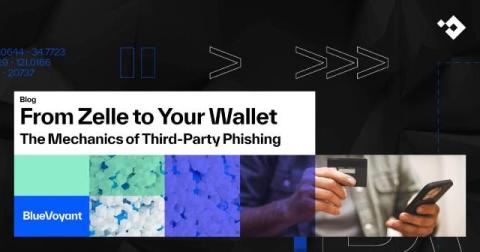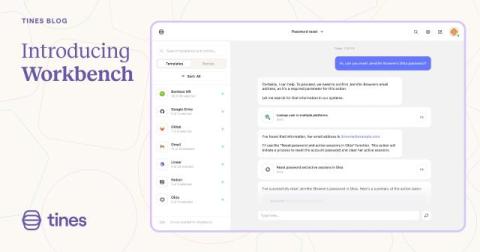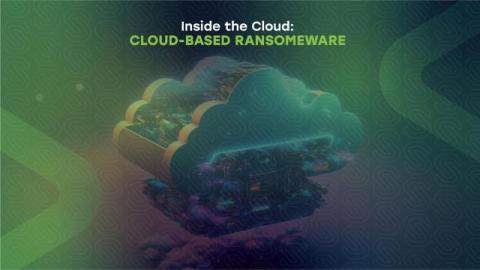Total Economic Impact of BlueVoyant Managed Detection and Response (MDR) Services
In today's increasingly hostile threat landscape, organizations are grappling with a lack of resources and overworked security operations teams, making effective, full-coverage threat detection and response a significant challenge. BlueVoyant Managed Detection & Response provides a cloud-native solution that offers end-to-end consulting, implementation, and managed security services with 24x7 security threat detection and response.











